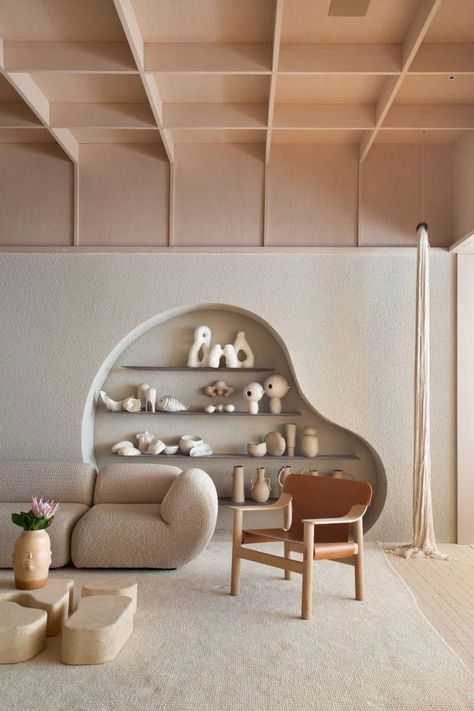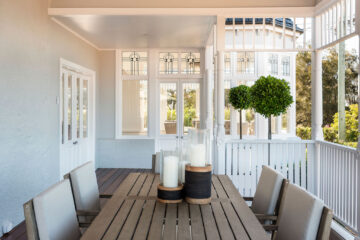In the realm of interior design, colours play a pivotal role in shaping the atmosphere and overall aesthetic of a space. While a well-balanced colour scheme forms the foundation, accent colours serve as the dynamic elements that inject vibrancy and personality into any room. The strategic use of accent colours can transform a dull space into a visually captivating haven. Join me on this design journey as we explore the power of accent colours and learn how to infuse vitality into every room of your home.
1. Understanding Accent Colours:
Before diving into the world of accent colours, let’s clarify what they are. Accent colours are hues used sparingly to create focal points or draw attention to specific areas within a room. Unlike primary or secondary colours, accent colours are meant to stand out and make a bold statement. These colours can be incorporated through various elements, such as furniture, artwork, textiles, or decorative accessories.
2. Creating a Sense of Balance:
When incorporating accent colours, it’s essential to strike a balance to avoid overwhelming the space. The 60-30-10 rule is a popular guideline in interior design, where 60% represents the dominant colour, 30% is the secondary colour, and 10% is the accent colour. This rule helps maintain a harmonious composition while allowing the accent colour to shine without overpowering the overall scheme.
3. Picking the Right Accent Colour:
Choosing the perfect accent colour requires a thoughtful approach. Consider the existing colour palette of the room and identify the mood or ambiance you want to create. Warm colours like reds, oranges, and yellows can infuse energy and warmth, while cool colours like blues, greens, and purples bring a sense of tranquillity and calmness. Selecting a contrasting accent colour can create a dramatic effect, while a complementary colour can enhance the existing scheme.
4. Infusing Accent Colours in Various Elements:
a. Furniture: One way to incorporate accent colours is through furniture pieces. A vibrant armchair, a colourful sofa, or a bold coffee table can become focal points and inject life into a room.
b. Walls and Paintings: Painting an accent wall or displaying artwork with bold colours can instantly transform a space. Experiment with geometric patterns or abstract designs to make a striking statement.
c. Textiles and Accessories: Cushions, throws, curtains, rugs, and other textiles are perfect vehicles for accent colours. Mix and match different patterns and textures to create a visually stimulating environment.
d. Lighting Fixtures: Unique and colourful lighting fixtures not only provide functional lighting but also serve as artistic pieces that add flair to a room. Consider pendant lights, table lamps, or chandeliers in accent colours.
5. The Power of Small Details:
Sometimes, the smallest details can make the most significant impact. Introduce accent colours through smaller elements like vases, decorative objects, or even books on a shelf. These subtle touches can tie the colour scheme together and create a cohesive look.
6. Embracing Seasonal Accents:
Accent colours are not restricted to a specific time of year, but they can be used to embrace seasonal moods. For example, during the spring, incorporate pastel accent colours to evoke a sense of freshness. In the fall, warm hues like burnt orange or deep burgundy can create a cozy ambience.
Conclusion:
Accent colours hold tremendous power when it comes to infusing vibrancy and visual interest into any room. With a careful understanding of colour theory, a thoughtful selection process, and a balanced approach, accent colours can transform a space into an inviting and dynamic haven. So, don’t shy away from experimenting with bold hues and discovering the joy of designing with accent colours. Let your imagination run wild, and watch as your rooms come to life with vibrant energy and personality.




